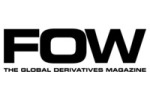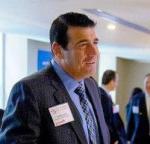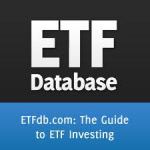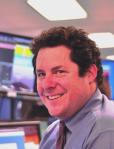 F-Squared Investments Receives Wells Notice From SEC, and Brokers Back Away
F-Squared Investments Receives Wells Notice From SEC, and Brokers Back Away
Extract courtesy of WSJ and reporter Chris Dieterich and Corrie Dreibusch
Three large brokerage firms are distancing themselves from money manager F-Squared Investments Inc., amid regulatory scrutiny of whether the firm overstated its track record.
RBC Wealth Management and Raymond James Financial Inc. RJF +0.28% have set limits on how much new business its advisers can conduct with F-Squared, according to people familiar with the policies. Wells Fargo Advisors has put the firm on “watch,” essentially a caution to advisers who either have invested or are considering investing clients’ money with the firm, people familiar with the matter say.
F-Squared, which oversees $27.7 billion, said in a filing submitted Friday that it had received a so-called Wells notice from the Securities and Exchange Commission indicating the commission is considering bringing a civil case against the company. The SEC notice isn’t a formal allegation of wrongdoing and gives the company a chance to respond.
Late last year, the firm told clients it was being investigated by the SEC, and earlier this year the company said the regulator’s investigation found the firm’s historical returns overstated performance. F-Squared said it has “taken significant steps in recent years to improve its controls to ensure that these sorts of problems will not recur,” a spokesman for F-Squared told The Wall Street Journal on Wednesday. Continue reading



 Courtesy of the Wall Street Journal online edition
Courtesy of the Wall Street Journal online edition


